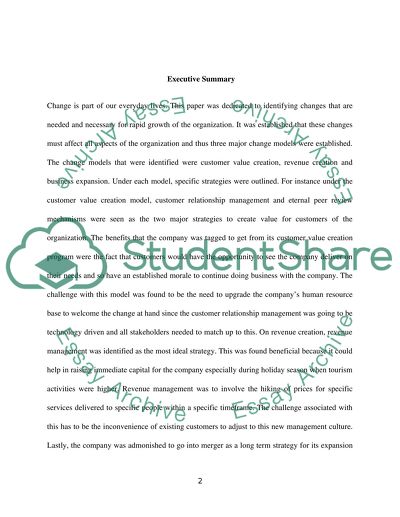Cite this document
(“Managing Organisational Change Essay Example | Topics and Well Written Essays - 2500 words”, n.d.)
Managing Organisational Change Essay Example | Topics and Well Written Essays - 2500 words. Retrieved from https://studentshare.org/miscellaneous/1580311-managing-organisational-change
Managing Organisational Change Essay Example | Topics and Well Written Essays - 2500 words. Retrieved from https://studentshare.org/miscellaneous/1580311-managing-organisational-change
(Managing Organisational Change Essay Example | Topics and Well Written Essays - 2500 Words)
Managing Organisational Change Essay Example | Topics and Well Written Essays - 2500 Words. https://studentshare.org/miscellaneous/1580311-managing-organisational-change.
Managing Organisational Change Essay Example | Topics and Well Written Essays - 2500 Words. https://studentshare.org/miscellaneous/1580311-managing-organisational-change.
“Managing Organisational Change Essay Example | Topics and Well Written Essays - 2500 Words”, n.d. https://studentshare.org/miscellaneous/1580311-managing-organisational-change.


